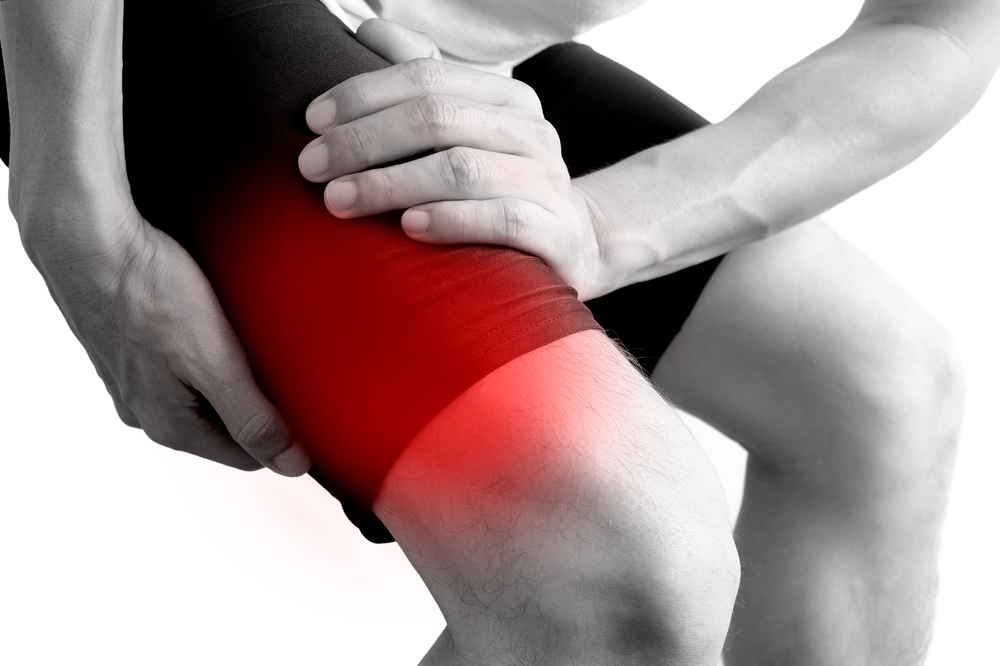
Symptoms:
Intermittent Claudication: Cramping, Pain, or Fatigue in The Muscles of The Legs, Thighs, or Buttocks During Physical Activity– Causes, Diagnosis, and Treatment
Book Appointment

